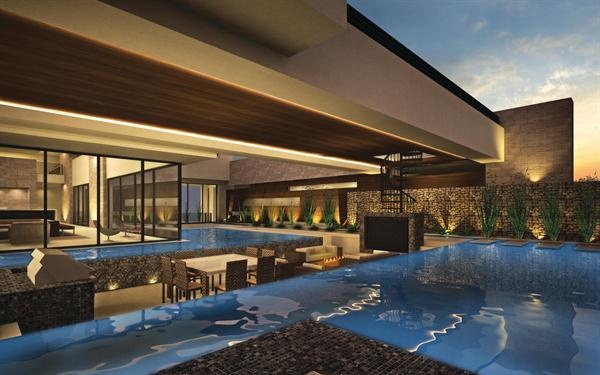In 2013, Professional Liability insurance provider Victor O. Schinnerer will host independent subject-matter experts for four webinars, all geared toward Architects, Engineers, and other Design Professionals:
 Employment Liability Issues in a Recovering Economy
Employment Liability Issues in a Recovering Economy
February 13, 2013, 1:00 – 2:00 pm eastern
Thomas L. McCally, Esq., Carr Maloney, P.C., Washington, DC
Design firms face various types of employment liability issues during the normal course of business. However, the downturn and subsequent recovery of the economy have brought these issues to the forefront of concerns for design firms. An attorney expert in litigating design firm employment practices claims will discuss the issues firms need to recognize as the economy improves and firms prepare to staff-up for the recovery.
Business Models and Financial Opportunities in a Recovering Economy
April 10, 2013, 1:00 – 2:00 pm eastern
Michael O’Brien, ASA, Rusk, O’Brien, Gido + Partners, Washington, DC
From funding sources to procurement procedures, the financial environment for professional services has significantly changed since the pre-recession economy. Both in the public and private sectors, the rules, risks, and routes to financial success are different. Professional services firms need to adjust their business plans to remain viable and to benefit from the opportunities in a recovering economy. Specializing in solving the business management and ownership challenges of consulting firms, our expert will share thoughts on the needs and responses of firms in the new service environment.
Technology Risks for Design Professionals
September 11, 2013, 1:00 – 2:00 pm eastern
David J. Shannon, Esq., Marshall, Dennehey, Warner, Coleman, Goggin, Philadelphia, PA
Technology risks associated with the business operations and professional services of design professionals is not new. However, the increased use of building information technologies and collaborative delivery methods, such as integrated project delivery, may increase the exposure of firms to traditional technology risks, as well as introduce new risks. Join our discussion with an attorney expert in technology risks to learn what exposures design firms need to be aware of and how to manage those exposures.
Insurance and Legal Questions for the Collaborative Design Team
October 9, 2013, 1:00 – 2:00 pm eastern
Rebecca H. Farnum, Esq., Thompson & Bowie, LLP, Portland, ME
Building information modeling and integrated project delivery provide a platform through which all members of the design and construction team collaborate. As with all new technologies and delivery methods, there are important questions the collaborating team should ask to identify and respond to legal and insurance issues in the open transfer of information in a contractual arrangement of shared risk and reward. Our expert will discuss what types of questions the team should ask before formally entering a collaborative agreement.
Visit our website to download the full PDF version of the 2013 Victor O. Schinnerer webinar schedule.






